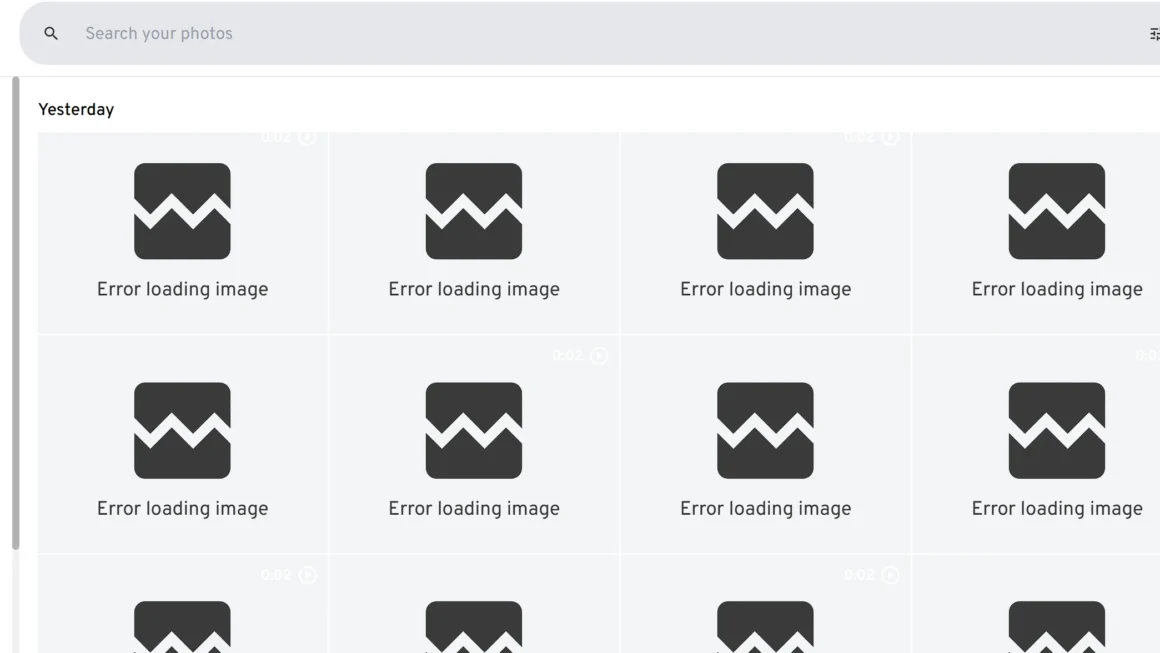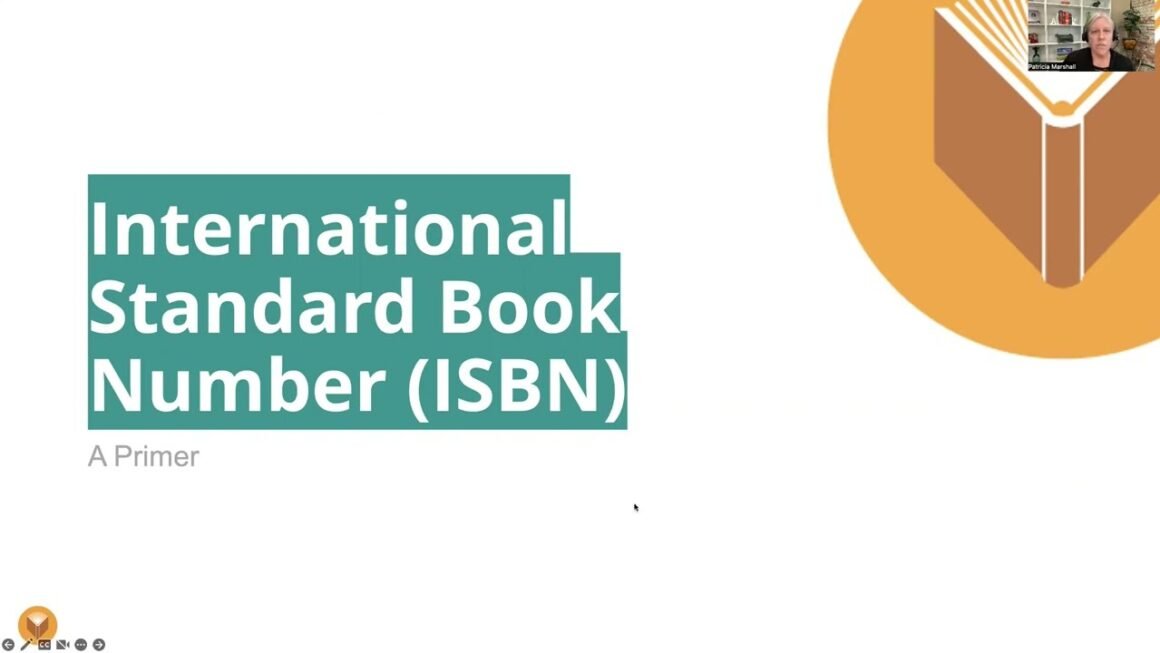In an age where data is the backbone of decision-making, mastering data analysis is no longer optional—it’s essential. From business strategies to healthcare innovations, the ability to derive actionable insights from data is driving success across industries. Whether you’re a data enthusiast, professional analyst, or decision-maker, understanding key data analysis techniques and leveraging powerful tools can significantly elevate your analytical capabilities.
Why Data Analysis Matters
Data analysis transforms raw data into meaningful insights, empowering organizations and individuals to:
- Make Informed Decisions: Identify trends, opportunities, and risks.
- Enhance Efficiency: Optimize processes and workflows.
- Drive Innovation: Use data insights to fuel new ideas and solutions.
- Measure Performance: Track KPIs and evaluate success.
Key Data Analysis Techniques
Mastering data analysis begins with a solid understanding of the techniques involved. Here are some widely used methods:

Credits: scaler.com*
Source Link: https://www.scaler.com/topics/types-of-data-analysis/
1. Descriptive Analysis
- Purpose: Summarizes data to provide an overview of trends and patterns.
- Examples: Mean, median, standard deviation, frequency distributions.
- Use Case: Understanding average sales per region.
2. Inferential Analysis
- Purpose: Makes predictions or generalizations about a population based on sample data.
- Examples: Hypothesis testing, regression analysis.
- Use Case: Predicting future demand for a product.
3. Predictive Analysis
- Purpose: Uses historical data to forecast future outcomes.
- Examples: Machine learning models, time-series analysis.
- Use Case: Anticipating customer churn.
4. Prescriptive Analysis
- Purpose: Recommends actions to optimize outcomes.
- Examples: Optimization algorithms, decision trees.
- Use Case: Allocating marketing budgets for maximum ROI.
5. Exploratory Data Analysis (EDA)
- Purpose: Explores datasets to identify patterns, anomalies, and relationships.
- Examples: Scatter plots, heatmaps, and correlation analysis.
- Use Case: Discovering correlations between product pricing and sales.
Tools for Data Analysis
Choosing the appropriate tools is essential for effective and precise data analysis. Here is a comparison of well-known tools according to their functionalities and applications:
| Tool | Features | Best For |
| Microsoft Excel | Basic analysis, pivot tables, charting tools | Small datasets, quick calculations. |
| Tableau | Advanced data visualization, interactive dashboards | Visual storytelling and business intelligence. |
| Python | Libraries like Pandas, NumPy, and Matplotlib | Complex data manipulation and analysis. |
| R | Statistical computing and visualization | Academic research, hypothesis testing. |
| Power BI | Integration with Microsoft ecosystem, real-time analytics | Corporate dashboards and reporting. |
| Google Analytics | Web traffic analysis, goal tracking | Website and marketing performance metrics. |
The Data Analysis Workflow
To master data analysis, understanding the workflow is key. Here’s a step-by-step breakdown:
1. Data Collection
- Gather relevant data from reliable sources.
- Tools: APIs, web scraping, survey platforms.
2. Data Cleaning
- Handle missing values, remove duplicates, and correct errors.
- Techniques: Imputation, normalization, outlier removal.
3. Data Exploration
- Identify patterns, relationships, and anomalies.
- Tools: Python (Seaborn, Matplotlib), Excel charts.
4. Data Modeling
- Apply statistical or machine learning models to analyze data.
- Techniques: Regression, clustering, classification.
5. Data Visualization
- Present insights through charts, graphs, and dashboards.
- Tools: Tableau, Power BI, Plotly.
6. Decision-Making
- Use insights to inform strategies and actions.
Real-World Applications of Data Analysis
Data analysis drives innovation and decision-making across industries. Here are some key examples:
1. Retail
- Use Case: Customer segmentation for personalized marketing.
- Techniques: Clustering, basket analysis.
2. Healthcare
- Use Case: Predicting patient outcomes using historical data.
- Techniques: Predictive modeling, EDA.
3. Finance
- Use Case: Fraud detection in transactions.
- Techniques: Anomaly detection, time-series analysis.
4. Education
- Use Case: Analyzing student performance trends.
- Techniques: Descriptive analysis, hypothesis testing.
5. Manufacturing
- Use Case: Optimizing production schedules.
- Techniques: Prescriptive analysis, regression models.
Best Practices for Mastering Data Analysis
1. Understand the Problem
- Clearly define the question you want to answer.
- Example: Are seasonal sales trends impacting annual revenue?
2. Choose the Right Technique
- Match the analysis method to the problem type.
- Example: Use predictive analysis for forecasting.
3. Use Clean, Quality Data
- Ensure datasets are accurate and complete.
- Tools: Pandas, OpenRefine.
4. Visualize for Clarity
- Simplify insights using effective visuals.
- Tools: Matplotlib, Tableau.
5. Stay Updated
- Continuously learn new tools and techniques.
- Resources: Online courses, workshops, and certifications.
Challenges in Data Analysis
While data analysis is rewarding, it comes with challenges:
| Challenge | Description | Solution |
| Data Quality Issues | Missing, inconsistent, or incorrect data can lead to inaccurate results. | Implement robust cleaning processes. |
| Complex Datasets | Large or unstructured datasets are difficult to process. | Use big data tools like Hadoop. |
| Tool Selection | Choosing the wrong tool can reduce efficiency. | Match tools to project requirements. |
| Bias in Analysis | Personal or systemic bias can distort insights. | Use unbiased sampling and models. |
Future Trends in Data Analysis
1. AI and Machine Learning Integration
- Advanced AI models are automating complex analyses.
- Example: AI-driven sentiment analysis for social media trends.
2. Real-Time Analytics
- Real-time data analysis is enabling instant decision-making.
- Tools: Apache Kafka, Spark.
3. Edge Computing
- Processing data closer to its source is reducing latency.
- Applications: IoT devices, smart cities.
4. Sustainability Analytics
- Data analysis is aiding environmental initiatives by tracking carbon footprints and optimizing resource usage.
Case Study: Retail Sales Optimization
Objective:
Optimize inventory based on seasonal trends.
Steps:
- Collect Data:
- Historical sales data and seasonal variables.
- Tools: SQL, Google Analytics.
- Analyze Trends:
- Apply time-series analysis to identify peak seasons.
- Tools: Python (statsmodels library).
- Model Insights:
- Predict future sales and optimize stock levels.
- Techniques: Regression modeling.
- Implement Solutions:
- Adjust inventory and marketing efforts.
- Tools: Tableau for visualizing trends.
Outcome:
Reduced inventory costs by 20% and improved customer satisfaction.
Conclusion: Elevating Decision-Making with Data Analysis
Mastering data analysis methods and tools is essential to realizing the complete potential of data. Whether you’re spotting trends, enhancing operations, or fostering innovation, the skill to interpret data efficiently guarantees that you remain at the forefront in a competitive environment.
By integrating fundamental techniques, contemporary tools, and optimal methods, data analysts can convert raw data into significant insights that motivate action and achieve outcomes. Explore the realm of data analysis now and enhance your decision-making process.




